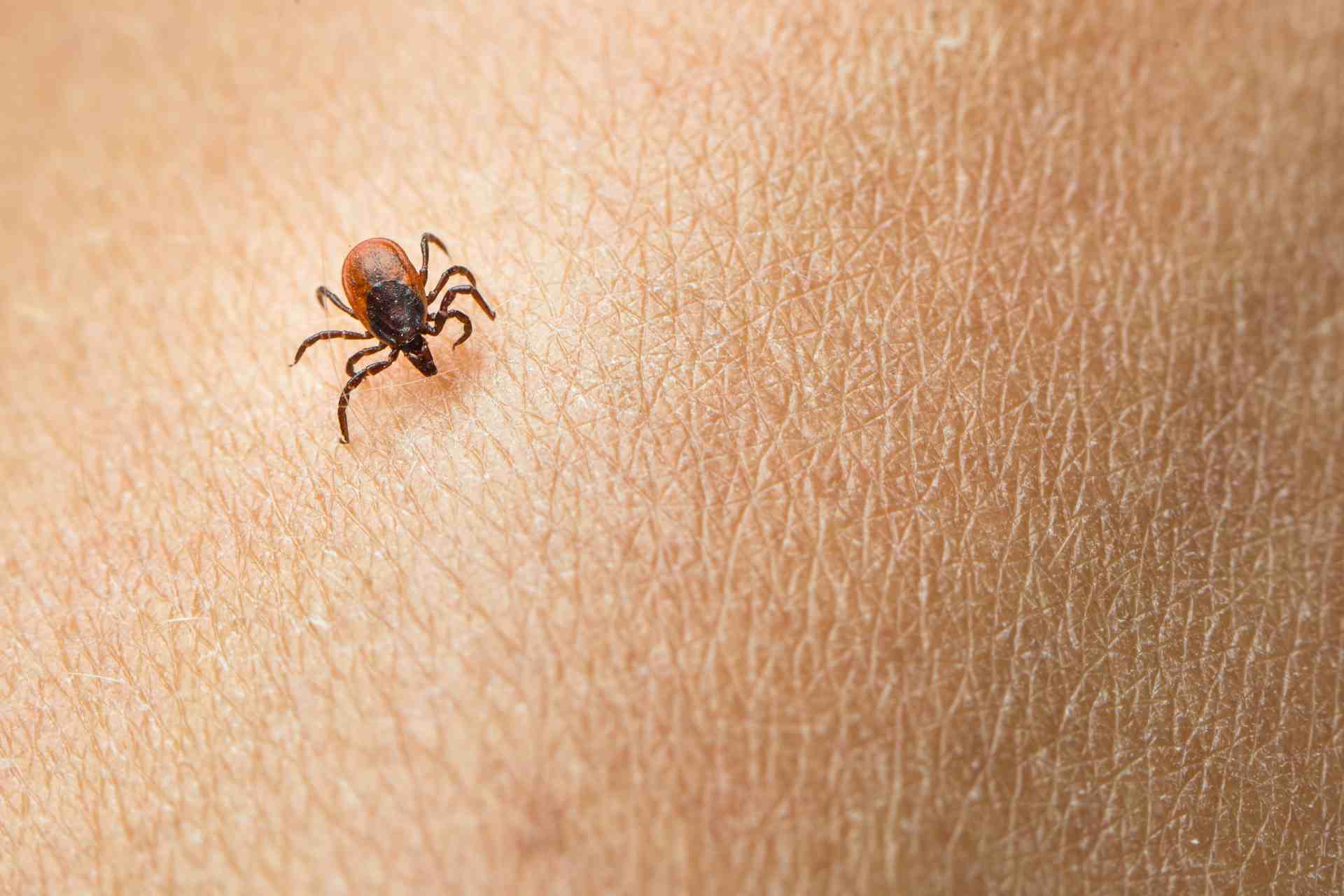What is already known
Lyme disease, which is characterized by fever, headache, fatigue and a characteristic skin rash, is caused by the bacterium Borrelia burgdorferi and is transmitted to humans through the bite of infected ticks. As the tick bites its host, the insect’s saliva, Borrelia and commensal skin microbes interact within the skin environment. However, the relationship between the bacterium, the skin microbiota and resident skin cells remains mysterious.
What this research adds
Researchers analyzed the interaction between specific types of skin cells and Borrelia burgdorferi in the presence of liquids containing the proteins secreted by the main skin bacteria. Liquids containing proteins secreted by Staphylococcus epidermidis, Corynebacterium striatum and Cutibacterium acnes caused changes in the expression levels of inflammatory molecules produced by skin cells.
Conclusions
The findings suggest that the skin microbiota triggers a rapid immune response of resident skin cells at the onset of Borrelia infection.
Lyme disease is a bacterial infection that can be spread to humans through the bite of infected ticks. New research shows that the skin microbiota triggers a rapid immune response of resident skin cells at the onset of infection.
The findings, published in Scientific Reports, highlight the important role that the skin microbiota plays in different skin disorders.
The microbiota has been implicated in modulating skin inflammation and immunity, bolstering the importance of resident microbes in vector-borne conditions such as Lyme disease. The disease, which is characterized by fever, headache, fatigue and a characteristic skin rash, is transmitted by ticks infected with the bacterium Borrelia burgdorferi.
As the tick bites its host, the insect’s saliva, Borrelia and commensal skin microbes interact within the skin environment. However, the relationship between the bacterium, the skin microbiota and resident skin cells remains mysterious. So, Florian Baquer at the University of Strasbourg in France and his colleagues grew resident skin cells together with liquids containing the proteins secreted by the main skin bacteria — Staphylococcus epidermidis, Corynebacterium striatum and Cutibacterium acnes — in the presence of Borrelia.
Skin inflammation
Borrelia alone induced the expression of inflammatory molecules in undifferentiated keratinocytes, the skin cells responsible for protecting from microbial invasion, shielding UV exposure and maintaining adequate skin hydration.
Liquids containing proteins secreted by S. epidermidis and C. striatum also caused undifferentiated keratinocytes to increase the expression of inflammatory molecules. However, low concentrations of liquids containing proteins secreted by C. acnes did not trigger inflammation in this type of skin cells, the researchers found.
Borrelia alone did not trigger inflammation of differentiated keratinocytes, and liquids containing proteins secreted by S. epidermidis, C. striatum and C. acnes caused a decreased expression of inflammatory molecules in these skin cells.
Inflammatory power
The researchers also tested the effects of Borrelia on fibroblasts, a type of skin cells that contribute to the formation of connective tissue and secrete collagen proteins that help maintain the structure of the tissue.
Borrelia alone induced inflammation in fibroblasts, as did liquids containing proteins secreted by S. epidermidis, C. striatum and C. acnes, the researchers found.
“The cutaneous microbiota mainly interacts with the [keratinocytes] of the superficial layers in a mutualistic way,” the authors say. “Our results underline the pro-inflammatory power of skin flora on [fibroblasts] and undifferentiated [keratinocytes] during a skin injury such as a tick bite.”
However, they add, more work in animal models is needed to achieve a detailed understanding of the role of the skin microbiota in the process of Borrelia transmission by ticks.











